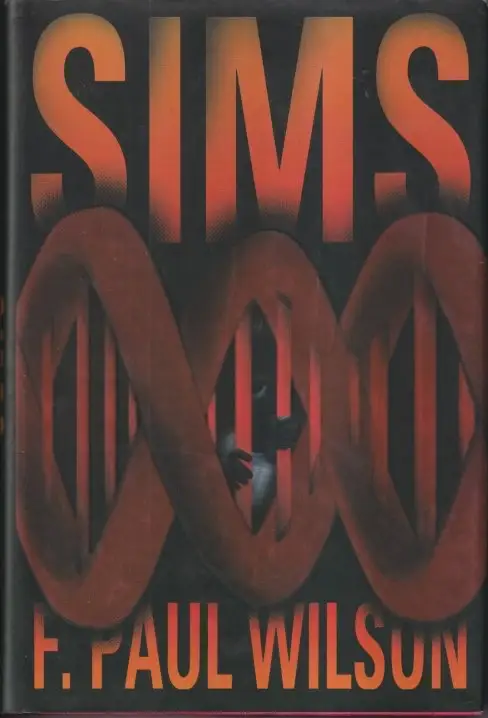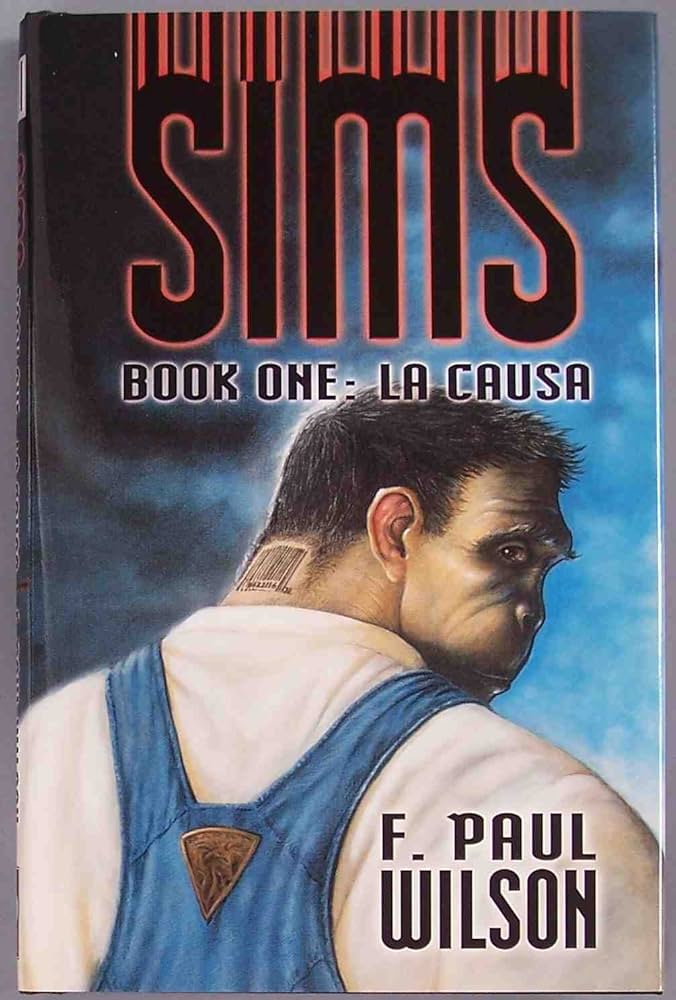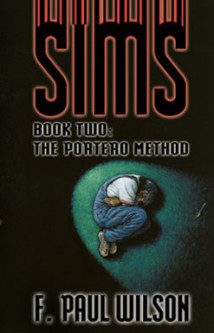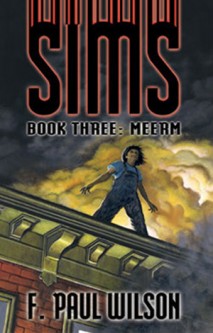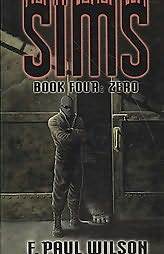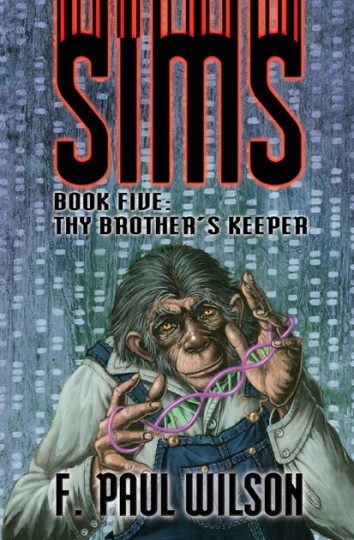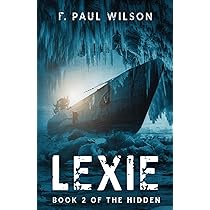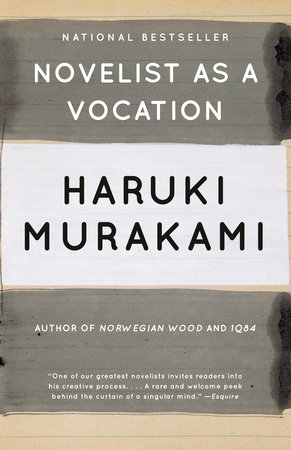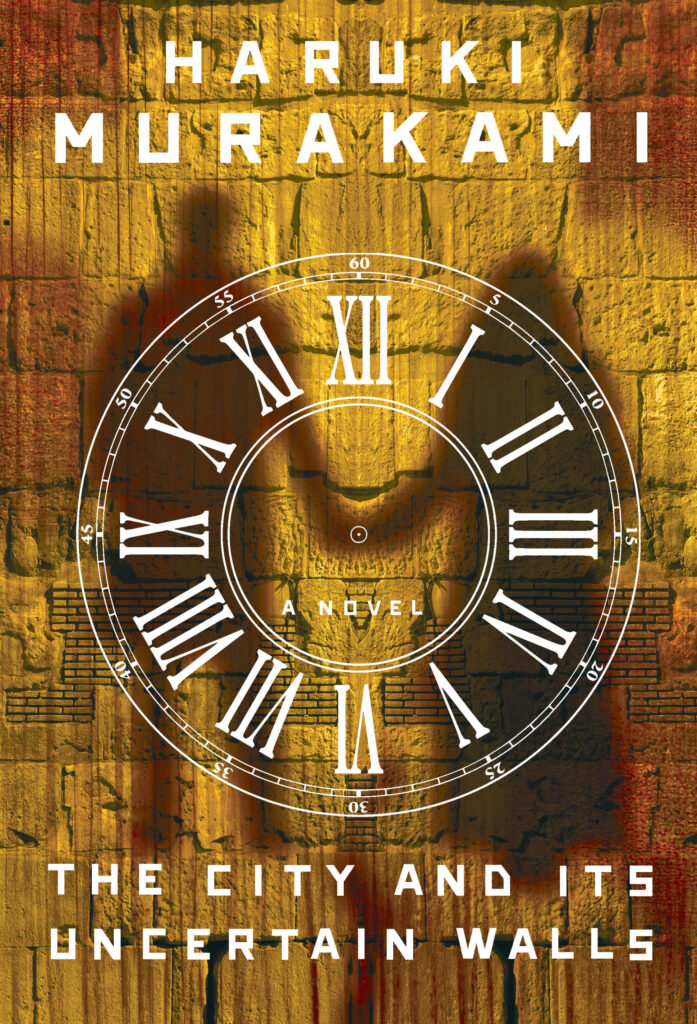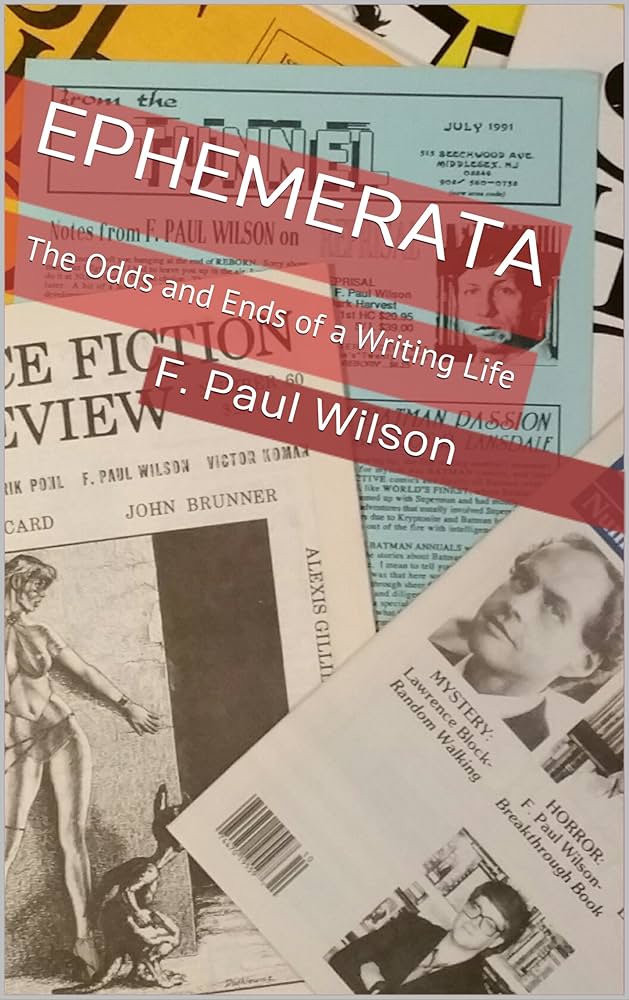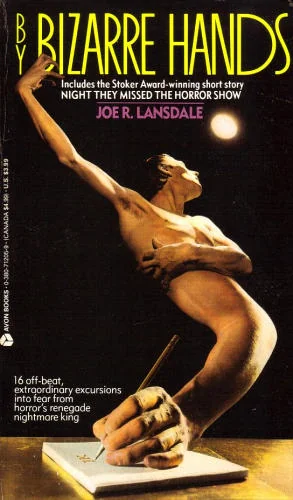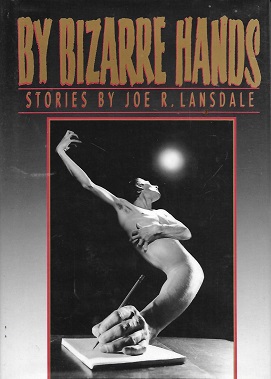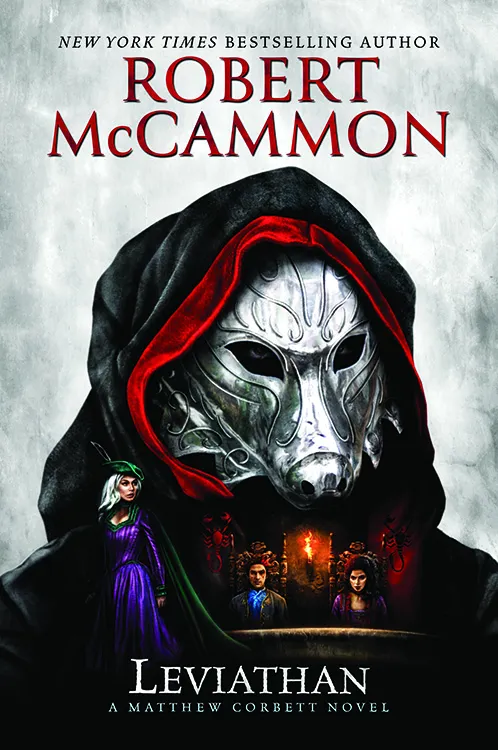David B. Silva’s entry in the Borderlands Press little books series, A Little White Book of Lies, was until recently one of seven books in that series that I lacked (now down to six!). Originally published in 2005, this slim book is quite hard to find (I think I’ve seen it listed only once or twice in the past three years). Then again, that’s the fate for almost all the early Borderlands Press little books, ie. those published before 2006.
I found a copy online many months ago, but at that time considered it outside my budget. However, with a recently acquired gift card in hand, I secured the book for around $6 of my own money. Cheapskate? Opportunist? Maybe a bit of both. In my defense, I do buy the most recent ones direct from the publisher, and so they actually get my money, vs. dealers and resellers who bump up the prices to whatever the market can bear.
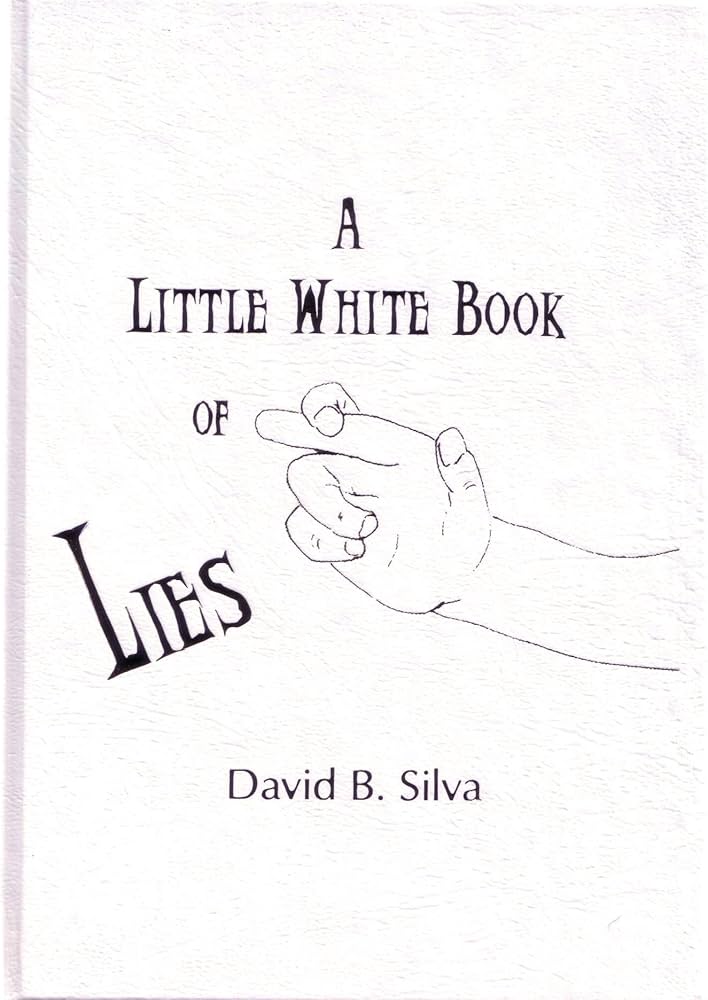
Silva’s books contains five stories, each centered around a lie, plus a brief introduction. Four of the stories have been published elsewhere, and one seems original to this collection.
This is first time (I think—correction: see below) that I’ve read anything by Silva. [Edited 1/2/2025: apparently I have read some of his stories before, as I found three anthologies in my book shelves with Silva stories: Night Visions 10 (Subterranean Press) with five stories, and one story each in Cold Blood (Ziesing) and Obsessions (Dark Harvest) and possible there are others.] From what I can tell, there is no Wikipedia entry on Silva, but Locus Magazine has an obituary, listing his death in 2013—eleven years (!) ago as I write this brief entry. According to that brief obituary, Silva died at the relatively young age of 62. Perhaps best known as the editor of The Horror Show (1982-1991), he also wrote a few novels and short stories.
Now, only six books in the series remain out of my grasp, and all are of the “insanely pricy” variety: Thomas Ligotti and Neil Gaiman I can understand; Joe Hill, maybe a rarity by association, although he’s been making a name for himself as well; Brian Keene and Josh Malerman, not sure why, but maybe I missed that bus; Douglas Winter, on the low end of the scale, yet still a worthy editor/writer. Prices for these books when they appear for sale (which is rare) range from $70 to $700. Quite a range there. Then again, I recently saw a copy of F. Paul Wilson’s book listed online for nearly $800. If ever there was a spit-take moment, that would be the time for one, as I bought it for a fraction of that price when it first was published. Still, with only 500 copies (for the most part) of these little books, and each numbered and signed, they’ll only get rarer. Unless I get lucky, this might be as fast as I go in the past, which is annoying, but acceptable.
